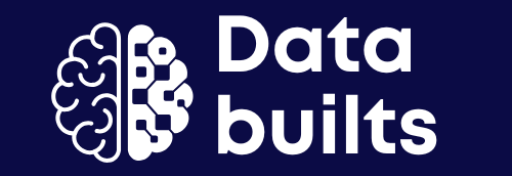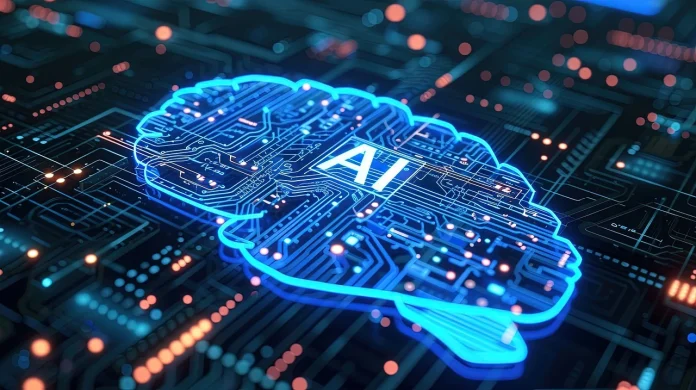Have you ever thought about how Netflix knows exactly what shows to recommend to you?
Or do you know how your phone’s camera recognizes your face?
From the moment we wake up until we go to bed, we get surrounded by many kinds of modern marvels. And the quiet service they do to improve our daily lives is indescribable. Especially Artificial Intelligence (AI) and Machine Learning (ML). The decisions and predictions these advanced technologies make greatly impact our modern world.
But how can these man-made technologies be so powerful?
How do they work and differ?
What is their future?
Let us discuss everything you need to know about AI and ML in this article.
Understanding AI and ML

Let us describe your morning routine for a bit. Soon the sun starts to rise and your alarm wakes you up for another great day. You take your phone and open it with face recognition immediately. Then you check your weather app to see if it will be a sunny, wet, or mild day. After freshening up, you ask Alexa, Siri, or Google Assistant to play your favorite song while you prepare your breakfast. While eating your breakfast you check your social media platforms. You scroll down while your favorite posts pop out first. Then you check out online shopping sites to decide what to buy next. Without much struggle, recommended products start to show up straight away based on your browsing history on those sites. After finishing breakfast and getting ready, you are heading out with fantastic energy.
This might be you.
Did you know how much AI and ML technologies helped you quietly to make your life easier this one morning?
Almost with everything.
But what are these technologies exactly?
Let us find out in the next section.
What Are Artificial Intelligence And Machine Learning?
AI is our attempt to make machines think and act like humans. It is not like traditional computers. It does not follow stiff or pre-programmed rules. It does not even need humans to control it. Instead, AI systems adapt. They learn and make decisions in complex and unprogrammed situations.
Remember that time you used your voice to ask questions from Siri, Alexa, or Google Assistant?
Or when you used your face to unlock your phone?
Or when Netflix suggested your favourite show like it had known you for years? That is all AI.
Machine learning, on the other hand, is a specific way to make AI smarter.
How does it do it?
By learning from data. Instead of following strict rules like traditional computer programs, ML systems learn from experience. Just like we do.
Do you know those spam filters in email services?
Or how do those credit card companies detect fraudulent transactions?
That is all ML. Machine learning systems analyze tons of information. Then they recognize patterns and make accurate predictions.
What Are The Key Differences Between AI And ML?
AI is like the brain. Machine learning is like teaching the brain to learn new things by itself. Al can do things like seeing and understanding images, recognizing speech, making decisions, and translating languages without a human. As we said before, AI can work without being programmed for every single task. They use sets of rules called algorithms to think, learn, and act on their own.
On the other hand, machine learning is one way to achieve AI. It is a way those algorithms learn from data. So, with ML you can tell the computer exactly what to do without writing specific code. It uses statistical methods to find patterns in the data. So, the machine gets better at its task over time as it sees more data.
Types of Machine Learning
There are different machine learning types. Each one is good for different kinds of problems and ways of learning.
- Supervised Learning
Remember how teachers taught you to identify animals? They showed you pictures and said “This is a cat” or “This is a dog,” right? That is supervised learning. In this type, the computer learns from examples with labeled data.
- Unsupervised Learning
Here, you give the computer many photos without labels. The system has to group similar ones together by finding patterns and connections on its own.
- Semi-Supervised Learning
This is a mix of the above two types. There are some labeled examples and some without labels. The machine learns from both.
- Reinforcement Learning
This is like training a dog with treats. When the dog has good behavior, you reward it with treats. But if it is bad behaviour, the dog does not get treats. That is reinforcement learning. Machines learn through trial and error with rewards.
Applications of ML and AI
AI and ML is everywhere. Here are a few examples of AI and ML applied across industries and services today.
Healthcare
- AI helps doctors spot diseases in X-rays and scans
- ML predicts patient risks and suggests preventive care
Finance
- ML catches fraudulent transactions in real-time
- Chatbots provide 24/7 customer service
Retail
- Stores predict what products will be popular
- Smarter and more efficient inventory management
Transportation
- Self-driving cars use AI to navigate safely
- Reduce congestion by analyzing traffic patterns
How Do Businesses Use AI?
AI is like a never-sleeping super-powered assistant to businesses today. They maximize their potential with every bit of AI. Here is how,
Improve Customer Service
- Today AI chatbots handle basic customer questions
- Analyze customer feedback automatically to improve service
Strengthen Operations
- Machines predict when they need maintenance
- More efficient supply chains
Powerful Marketing
- Ads target the right customers at the right time
- Analyze customer behavior to improve products
Tools and frameworks for ML and AI
When you are working with ML and AI, you must have the right tools and frameworks to build effective models. Here are some of the popular tools and frameworks for ML and AI today.
TensorFlow
- Developers use this Google toolkit to easily build and deploy ML-powered applications.
PyTorch
- This Meta AI toolkit is used in academic research to develop prototype models quickly.
Scikit-learn
- If you are just starting with ML, you can easily apply common learning algorithms with this Python library.
Keras
- This provides a user-friendly high-level API. Whether you are a beginner or you want to prototype quickly, this is perfect for you. Keras is more accessible than the above TensorFlow and PyTorch frameworks.
Future of ML and AI
So, what is next for AI and ML?
- AI will handle more everyday, routine tasks and free us up for more creative work.
- AI will be everywhere, from your phone to your fridge. It will be built into almost every device we use in the future, and it will work together much better.
- It will change education by creating personalized learning for students. Smart AI tutoring systems will adapt to every student’s needs. Then they will give the students customized lessons and feedback.
- AI will detect anomalies better and eliminate potential threats in real-time.
- AI will also hugely contribute to environmental sustainability with resource usage optimization and waste reduction.
Conclusion
AI and machine learning are already changing our world. We cannot even live a day in our modern life without their help. Before we wrap up, remember,
- AI makes machines smart without humans.
- ML is the way machines learn to be smart.
Both these advanced technologies make our lives better and easier in ways we do not even realize. And we cannot wait for AI and ML to change human history forever in the near future.


